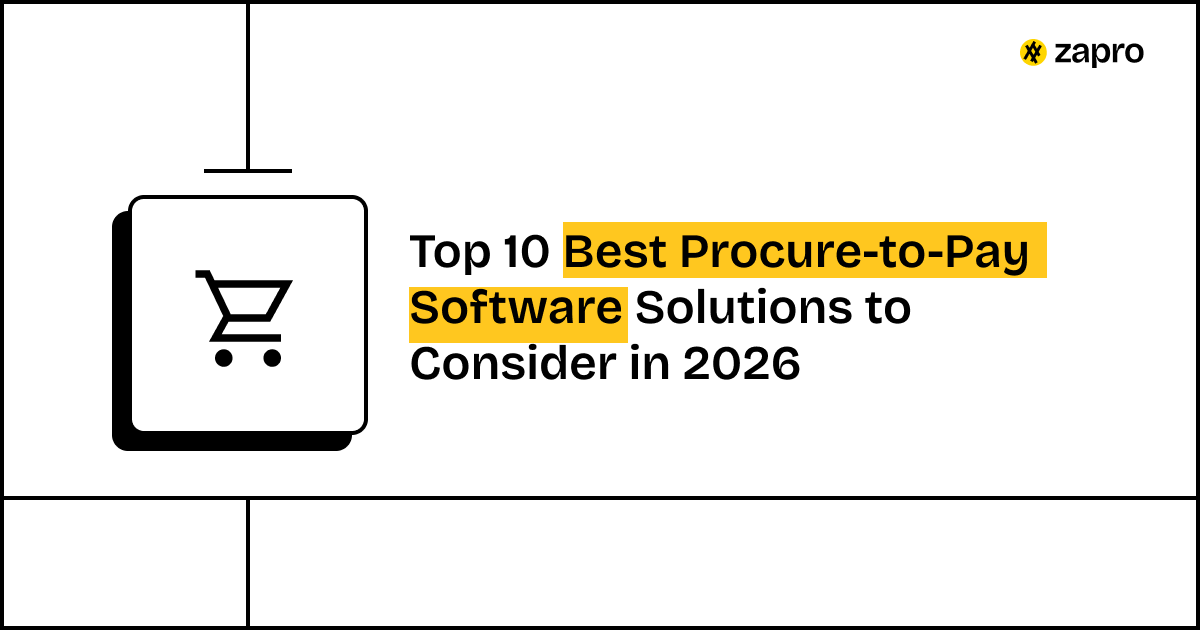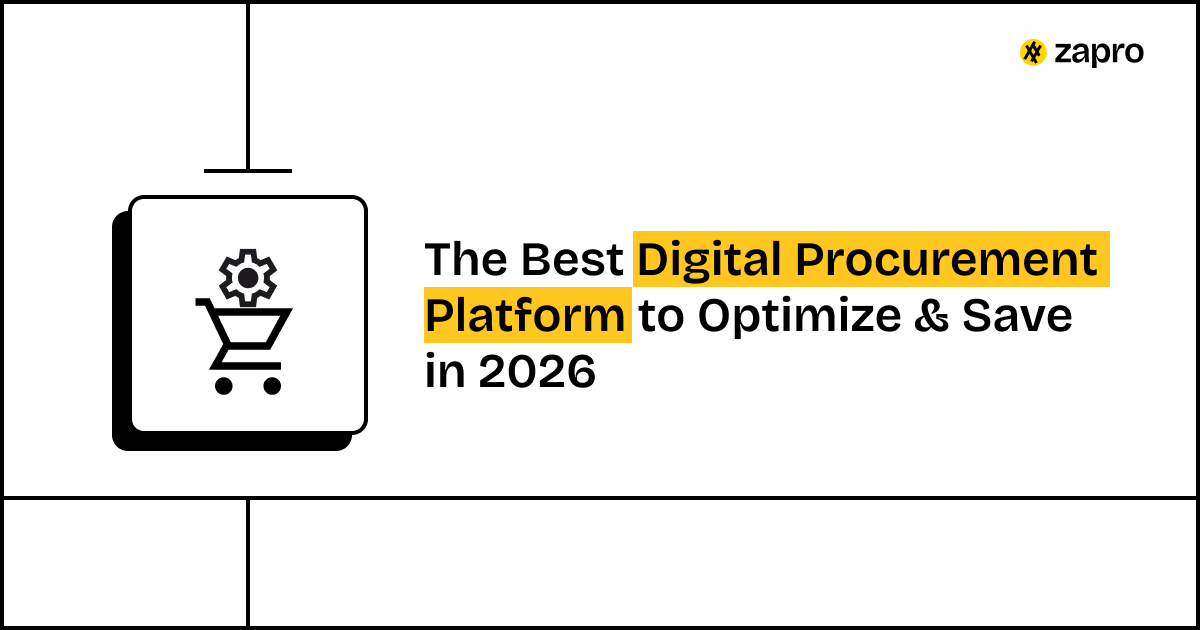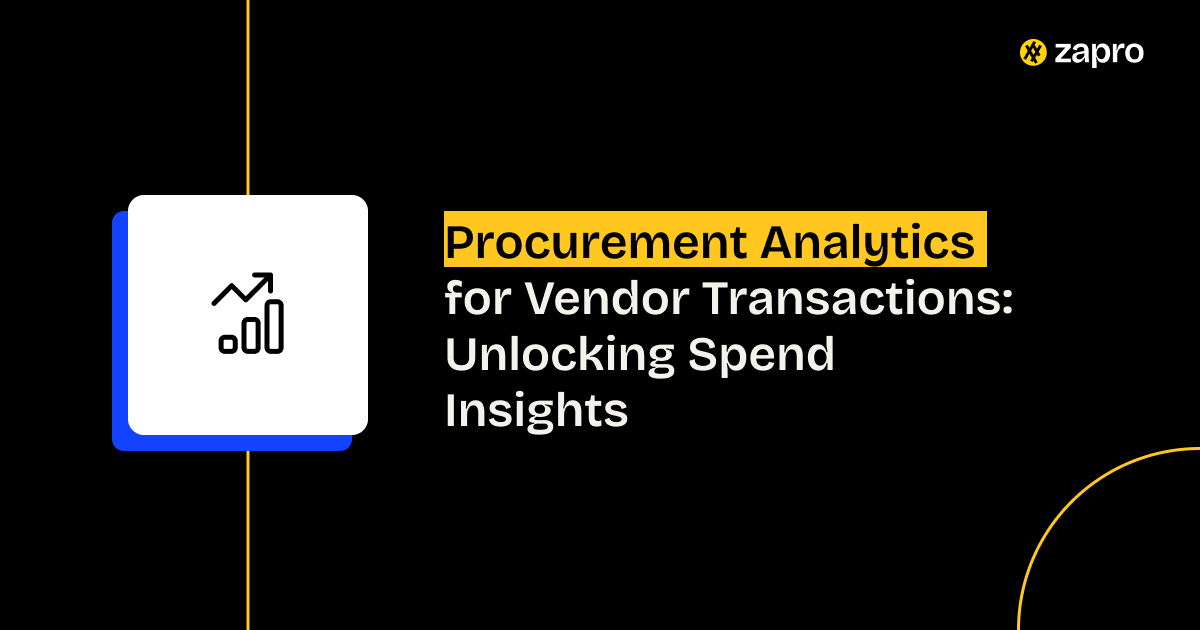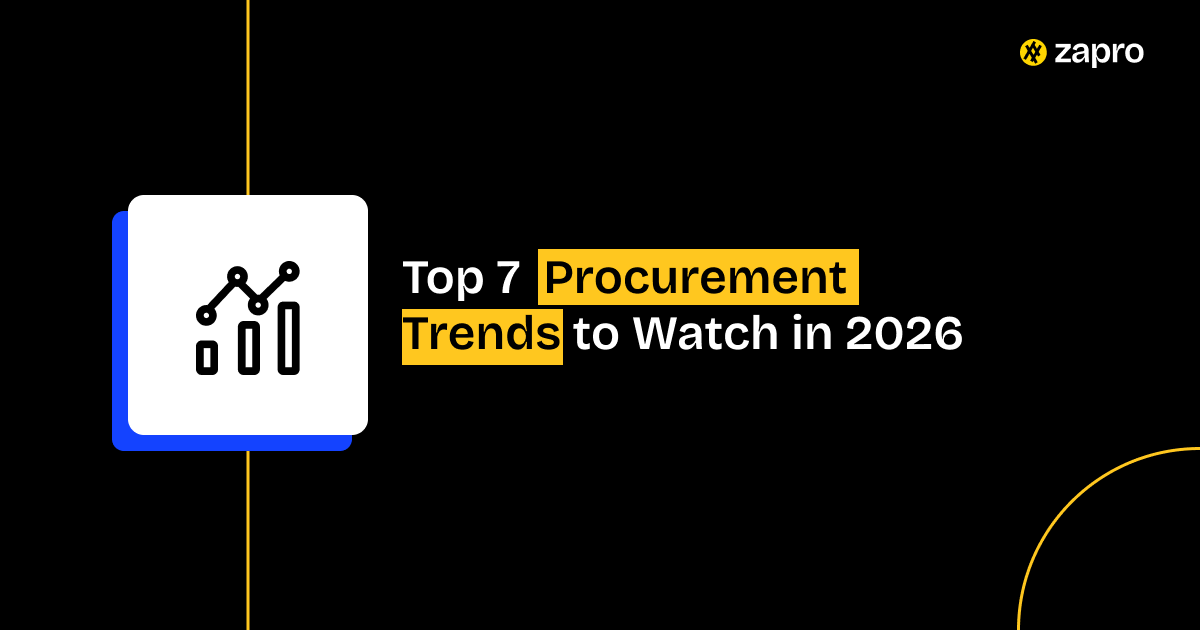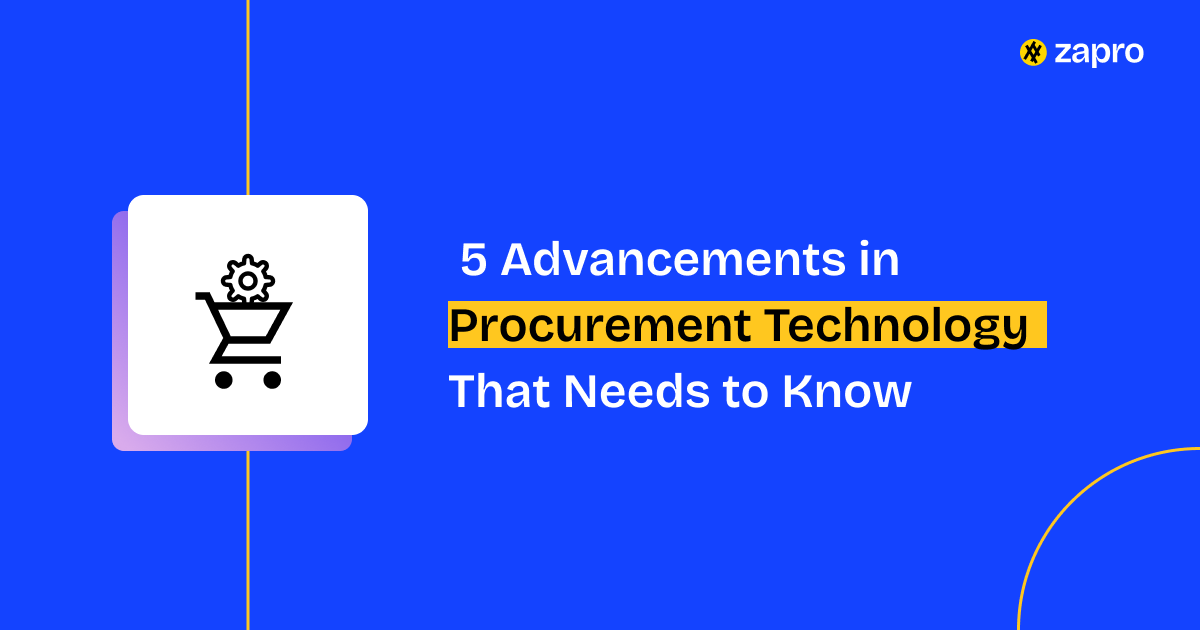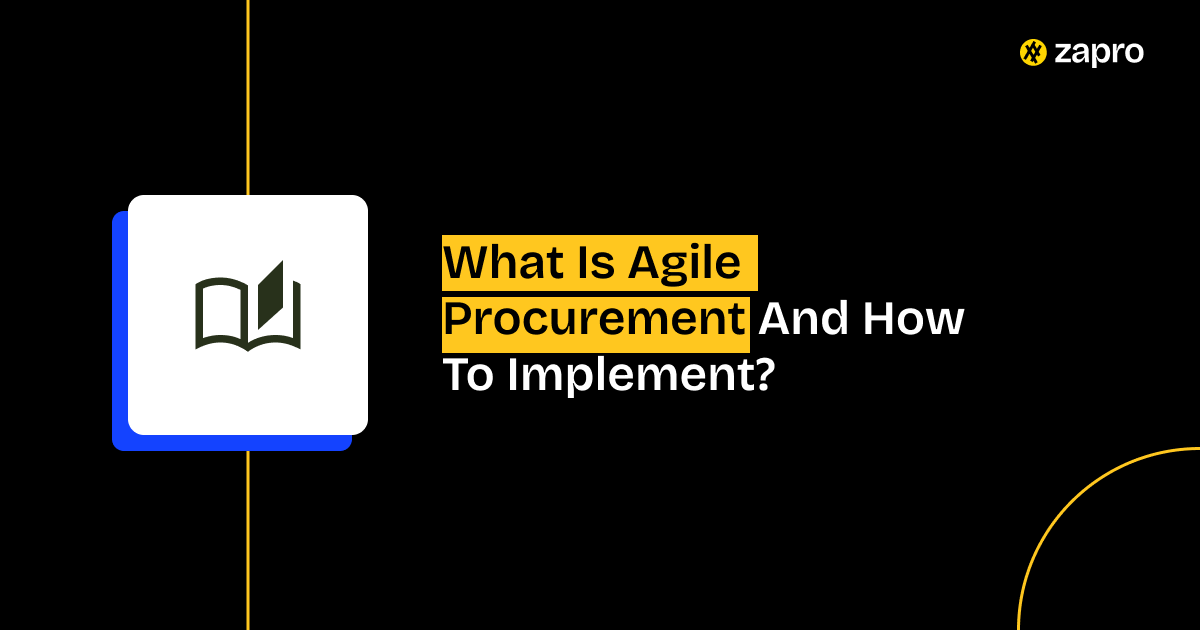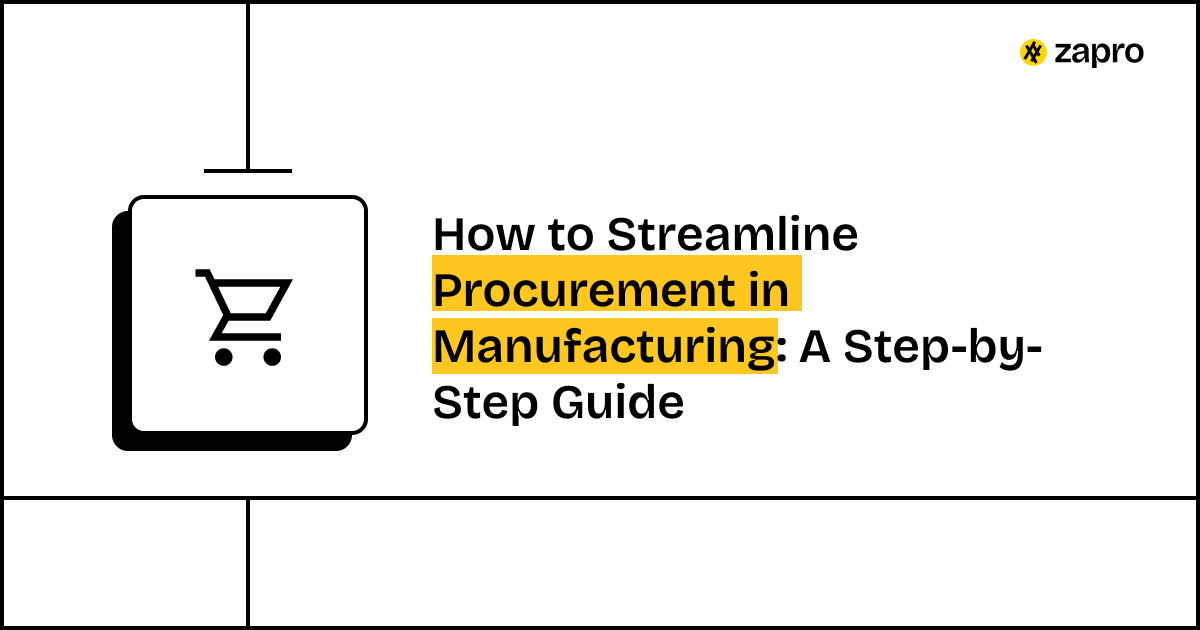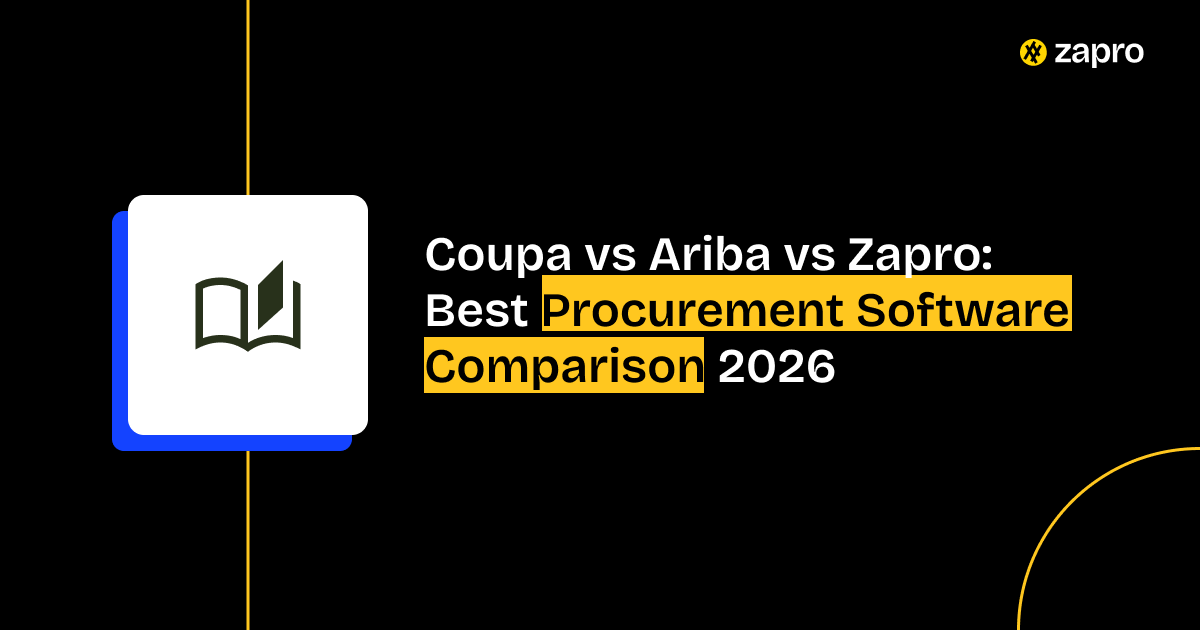Introduction
More and more organizations that need to grow faster are still struggling with paperwork, delayed approvals, and trying to figure out where your company’s money is going. Though some may presume that manual purchasing processes don’t just waste time; they actually cost the business money through mistakes and inefficiency.
The answer to over such challenges in opting for best procure-to-pay software. In simple, this technology is a game-changer because it takes all those messy steps from someone asking to buy something to the final bill being paid and automates them completely. With many businesses now moving to easy-to-use cloud based procure to pay systems, finding the best procure to pay software to address your finances is essential for staying competitive.
In this insightful post here, we bring to light of the options that are available in the market – let’s dive in!
What is Procure-to-Pay Software?
Procure-to-Pay (P2P) software orchestrates everything involved in buying of goods or services. In other words, the system helps view, manage, and work from purchasing department (Procurement) to bill-paying department (Accounts Payable).
With this software in place businesses can stay rest assured that the rules are followed and eliminate the need for any kind of manual entry. Whatever is spent can be easily viewed and also helps manage the budget, find the best prices, and pay your suppliers accurately and on time.
Key Features to Look for in P2P Software
The best procure to pay systems can prove to be best choice for your business’s speedy growth. Besides the best features that it has to offer, it can step up everything in the process. When you’re hunting for the best option of procure-to-pay softwares for your business, make sure they have:
- Automatic Request & Approval: Purchases should automatically go to the right people for approval based on the cost or what’s being bought.
- Easy Purchase Orders (PO): The perfect hub to create, track, and manage the purchase orders.
- Supplier/Vendor Management: Easy to add new suppliers, store and access information about them, and never miss an update to track their performance.
- Invoice Checking (Matching): Map the invoice to the original purchase order (PO) automatically alongside the receipt of the goods. This not only shortens the job, it helps prevent errors or fake bills.
- Payment Integration: Connect your bank account with the accounting system. Make hassle-free payments and stay updated where and when funds are received and sent.
- Reporting and Analytics: Control the spends effortlessly. Track the spends 24/7 and alter budget if needed instantly.

By 2027, 50% of organizations will support supplier contract negotiations through the use of AI-enabled contract risk analysis and redlining tools.
Top 10 Best Procure-to-Pay Software Solutions for 2026
Here is our list of the top procure to pay software systems, ranging from powerful options for massive corporations to streamlined tools for growing businesses.
Here’s your information neatly organized into a clear, professional table — perfect for presentations, blog content, or comparison documents:
| Platform | Brief Overview | Key Features | Best For | Pricing Model |
| Zapro | A modern, user-friendly procurement platform that provides a complete toolset (PR, PO, Invoices) with simple setup and smart AI features. | Full core P2P suite, Contract Management, AI Alerts for proactive spend control, easy ERP integration. | Fast-growing mid-market companies needing an all-in-one system that’s easy to deploy and use without heavy IT investment. | Subscription plans scaled to company size (Spark, Growth, Scale). |
| SAP Ariba | One of the biggest names in procurement, connecting businesses to the world’s largest network of buyers and suppliers. | Global Sourcing & Contract Management, smart invoicing, compliance tools, access to the Ariba Network. | Large global enterprises (e.g., Fortune 500s) with complex, multi-country supply chains. | Enterprise-level subscription (custom pricing). |
| Coupa | A comprehensive spend management platform covering procurement, expenses, and payments, all powered by AI. | End-to-end spend management, AP automation, employee expense management, strong spend analysis. | Large companies wanting one unified platform to manage all spending. | Subscription-based (enterprise pricing). |
| Oracle Procurement Cloud | Cloud-based P2P system that integrates deeply with Oracle’s ERP and financial products. | Seamless Oracle ERP integration, AI-driven supplier recommendations, automated PO & invoice processes. | Companies already using Oracle’s business and financial software. | Subscription (usually bundled with Oracle Cloud ERP). |
| Jaggaer | A flexible, industry-focused platform offering a complete suite of sourcing and procurement tools. | AI spend analysis, supplier risk & performance tracking, digital billing & payment automation. | Organizations in sectors like education, healthcare, and manufacturing with specialized procurement needs. | Subscription (industry-tailored pricing). |
| GEP SMART | A modern, cloud-native system with a user-friendly, mobile-first interface and unified Source-to-Pay platform. | Full Source-to-Pay suite, mobile accessibility, ERP integration, AI-driven savings tracking. | Large enterprises seeking intuitive, high-adoption procurement tools. | Subscription (enterprise pricing). |
| Ivalua | A highly flexible P2P platform that allows deep customization to suit unique business processes. | Customizable workflows, comprehensive supplier and risk tracking, robust invoicing capabilities. | Very large organizations with complex or non-standard procurement rules. | Subscription (custom enterprise pricing). |
| Procurify | An affordable, simple platform designed for growing businesses to gain visibility and control over spend. | End-to-end spend visibility, quick approval setup, integrated AP & expense management. | Small to mid-sized businesses (SMBs) needing fast deployment and budget control. | Subscription (tiered pricing for SMBs). |
| Tipalti | A financial automation tool built for seamless global bill payment and compliance. | Global AP automation, tax and compliance management, payments in 196+ countries. | Companies with high volumes of international payments (e.g., tech and e-commerce). | Subscription based on transaction volume. |
| Zip (formerly Zip Procure) | A solution focused on managing purchase requests and approvals from initiation to completion. | Centralized request management, automated approval workflows, finance system integrations. | Enterprises with complex approval processes before PO creation. | Subscription (custom enterprise pricing). |
Your Procurement Team Deserves Better Than Spreadsheets

Future Trends in Procure-to-Pay
The future of best procure-to-pay software list will be more intelligent than ever. These trends point in that direction:
Smarter AI: Instead of merely reporting on the past, the systems will predict costs, recommend new suppliers, and automatically order the best deals.
Blockchain: By allowing the use of secure, digital ledgers for real-time antimicrobial tracking of transactions and supplier identities.
Extreme Automation: RPA robots and AI will handle virtually all manual data entry and exception handling operations.
Green Tracking: P2P systems will not only help you with the purchases but they will also let you monitor their environmental and social impacts.
Better Collaboration: Easier ways to interact with suppliers in real time for quick contracts and negotiations.
Key Takeaways
Having a modern P2P platform is a smart move that brings benefits to your whole company:
Save Money: One of the major advantages of the program is cutting down on costs resulting from lack of control over spending and at the same time catching discounts for early bill payments.
Stay Compliant: One of the most important features of automated rules is their ability to maintain conformity at all times without fail.
Know Your Spend: Instantly, you gain a comprehensive, accurate, and up-to-date picture of total company expenditures in real-time.
Conclusion
The question is what should you do if efficient growth is your goal? The outdated methods must be abandoned. The year 2026 will be the time of winners, who are businesses capable of managing their expenses. Choosing the best procure-to-pay solution
is the secret of making purchasing strategic and business more profitable. This can be achieved whether you opt for a massive system such as SAP Ariba or a versatile alternative like Zapro.

Procurement Software That Actually Works the Way You Do
Powerful automation, intuitive design. Make procurement effortless from requisition to payment with Zapro.
FAQ
1. Which procurement software is best?
The “best” option depends on your business. For massive companies, SAP Ariba and Coupa are leaders. For growing companies that want quick results and a friendly interface, Zapro and Procurify are often considered the best procure to pay software.
2. What is the best P2P solution?
The best P2P solution is the one your team actually uses and that fully connects your purchasing and payment processes. If you pay many global contractors, Tipalti might be best. If your biggest problem is getting requests approved, Zip could be the ideal solution.
3. Who offers the most reliable procure-to-pay services?
Big, long-standing companies such as SAP Ariba, Oracle Procurement Cloud, and GEP SMART are considered to be very reliable to that effect as they have vast global support structures and have been around for a very long time.
4. What are the 7 Ps of procurement?
The 7 Ps of procurement is a model that describes a planned strategy for sourcing. They are usually the abbreviations of: Product (or Purchase), Price, Place, Promotion, People, Process, and Performance.
5. How can small and mid-sized businesses benefit from adopting modern P2P platforms?
SMBs can do great things by:
- Stopping Bad Spending: Putting a stop to employees who go out and buy things that are not from approved contracts or budgets without the company’s knowledge.
- Saving Time: Doing Invoice Matching, and Approval Routing automatically, thus, staff being free for other tasks.
- Gaining Control: Implementing real-time budget tracking as a tool to be certain that the company is not spending more than it has planned.

 Healthcare
Healthcare Financial Services
Financial Services Technology
Technology Venture Capitalist
Venture Capitalist Chief Procurement Officer
Chief Procurement Officer Chief Financial Officer
Chief Financial Officer
